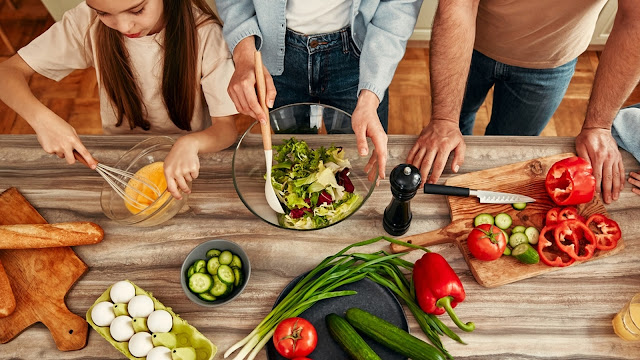"In today’s world, more children than ever are struggling with their mental health. ADHD, anxiety, depression, autism spectrum disorders—these conditions are on the rise, leaving parents searching for answers that go beyond prescriptions and quick fixes. What if one of the most powerful tools to support a child’s emotional and mental wellbeing is something as simple—and profound—as what’s on their plate?
Welcome to the gut-brain connection: a revolutionary shift in how we understand children’s mental health. And yes, food really can help heal the mind.
The Gut-Brain Connection in Kids
Did you know your child has two brains?
Not in the science-fiction sense, of course. But the gut—home to trillions of microbes—is so rich in neurons and so closely linked to the brain that scientists call it the “second brain.” This gut-brain axis is a two-way communication highway, and what happens in the gut can directly influence mood, focus, and behavior.
This means that inflammation in the digestive tract, imbalanced gut bacteria, or food sensitivities might not just show up as tummy troubles. They can show up as mood swings, anxiety, poor concentration, even sleep issues.
The Food-Mood Connection in Kids
More and more research is confirming what functional medicine experts like Dr. Mark Hyman and Dr. Tom O’Bryan have been saying for years: food isn’t just fuel—it’s information.
Certain foods can send calming, healing messages to the body and brain. Others can trigger inflammation, stress hormones, and neurochemical imbalances.
Here's how food influences mental health in children:
Ultra-Processed Foods & Sugar: Linked to mood instability, aggression, and brain fog. Many ultra-processed foods also harm the gut microbiome.
Artificial Dyes & Additives: Common in kids’ snacks and cereals, these have been associated with increased hyperactivity and behavioral issues.
Gluten & Dairy Sensitivities: In some children, these can contribute to leaky gut and neuroinflammation, which may worsen symptoms of ADHD or anxiety.
Omega-3 Fats: Found in wild fish, flaxseeds, and walnuts, these healthy fats are crucial for brain development and mood regulation.
Protein: Found in lean meats, dairy, nuts, seeds, fish and legumes, protein supports the gut-brain axis by providing essential amino acids that fuel neurotransmitter production, helping regulate mood, focus, and behavior in children.
Fermented Foods & Probiotics: These nourish beneficial gut bacteria, supporting a healthy microbiome—and a more balanced mind.
The Microbiome-Mind Connection
The gut microbiome—the ecosystem of bacteria living in the digestive system—plays a key role in producing neurotransmitters like serotonin, dopamine, and GABA, which directly affect mood and focus. In fact, about 90% of serotonin is produced in the gut.
When a child’s microbiome is imbalanced (a condition called dysbiosis), it can lead to emotional dysregulation, irritability, and even symptoms that mimic psychiatric disorders.
So what can parents do?
It starts with getting back to basics. Functional and integrative medicine practitioners recommend a whole foods diet focused on:
- Fresh fruits and vegetables (especially leafy greens and colorful veg)
- Quality proteins (organic poultry, grass-fed meats, legumes)
- Healthy fats (avocados, nuts, seeds, olive oil)
- Fiber-rich foods to feed good bacteria
- Removing or reducing processed foods, added sugars, and artificial ingredients
Even small shifts can make a big difference in a child’s behavior, sleep, and emotional regulation.
Of course, food is just one piece of the puzzle. A truly holistic approach to mental health also includes:- Identifying and addressing nutrient deficiencies (like zinc, magnesium, Omega 3s, or B vitamins)
- Supporting detoxification pathways
- Creating calm, screen-free environments
- Healing trauma and stress through connection, therapy, and mindfulness
- Working with practitioners who seek root causes, not just symptom suppression
What this new wave of research and clinical experience is showing us is deeply empowering: mental health is not set in stone. And for children, especially, the earlier we intervene with supportive nutrition and lifestyle choices, the more profound the healing can be.
Food is not the whole answer—but it is a powerful place to begin. Because when we nourish a child’s body, we also nourish their mind."Words and image taken from article seen here
----------------------------
Please be aware that articles within this blog are provided for general information only, and should not be treated as a substitute for the medical advice of your own doctor or any other health care professional.
Do please share your thoughts about this article in the comments below.
All the best Jan




























